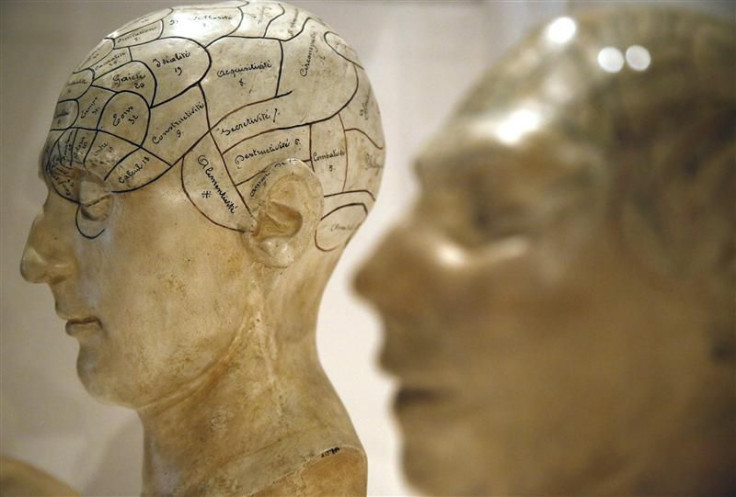Brain ‘Pacemaker’ Shows Promise in Fight Against Alzheimer’s

In an experimental pilot study conducted at Johns Hopkins University, researchers conducted "deep-brain stimulation" in an effort to help fight the symptoms of Alzheimer's disease. Their study found that the technique helped to slightly improve memory and to slow cognitive decline in the six patients tested.
The World Health Organization estimates that 35.6 million people in the world currently have Alzheimer's disease and that number is set to increase to 115.4 million people by 2050. The condition is costly, for both sufferers and their loved ones, there is no consensus on how it begins, and the symptoms can make it difficult to pursue treatment. That is why researchers are in a race against time to find treatment that can slow the progression of the disease, if not cure it altogether.
Deep-brain stimulation has been shown to benefit sufferers of various diseases and conditions, like Parkinson's disease, epilepsy, and even obesity. The procedure implants a pacemaker-like device into the brain. The device is implanted into whichever region is affected by the condition. In the case of Alzheimer's disease, it was implanted into the portions of the brain that control learning and memory.
The researchers tested the device for a year. Afterwards, the scientists found that the six patients demonstrated slightly increased glucose consumption in PET scans, which track neuron activity. That is a good sign because glucose activity decreases in those regions of the brain when it is affected with Alzheimer's disease.
"Alternative treatment strategies need to be evaluated in Alzheimer's disease due to the numerous recent failures of drug trials to halt or stave off cognitive decline in this population," Michelle York, an assistant professor of neurology at Baylor College of Medicine in Houston, said to the MIT Technology Review. "The surgery could provide a new avenue for treatment for this debilitating and progressive disorder."
If brain stimulation proves to be successful, it is unlikely to be used as a long-term treatment option. Though it helps fight symptoms, it is unlikely to reverse the damage caused by the condition and is not a cure.
Nevertheless, researchers are enrolling patients in a study on the technique. All of the participants will receive the implant, but half of the implants will be turned off, while the other half will be on.
Published by Medicaldaily.com



























